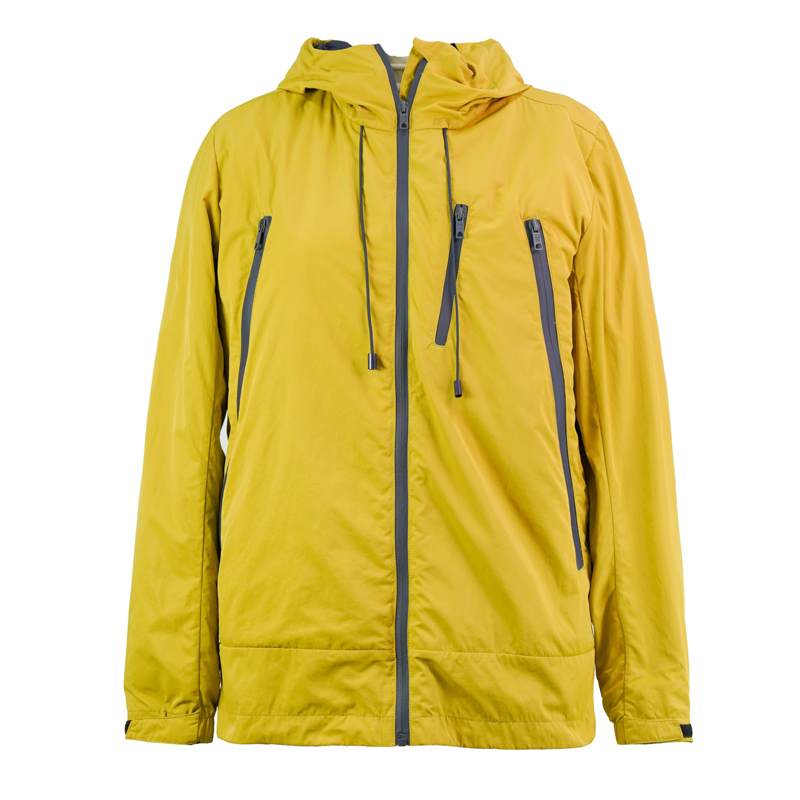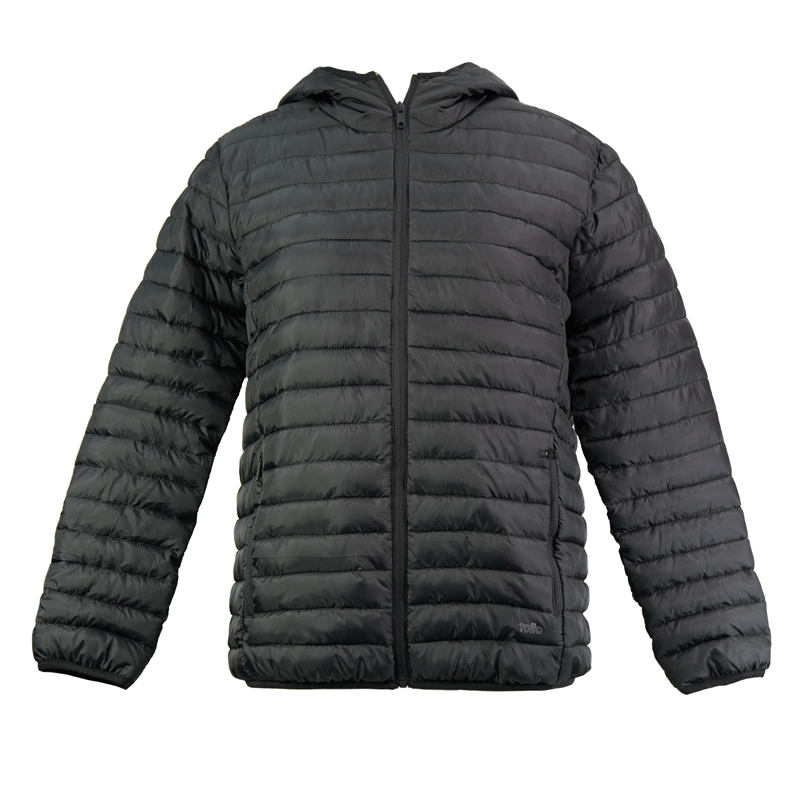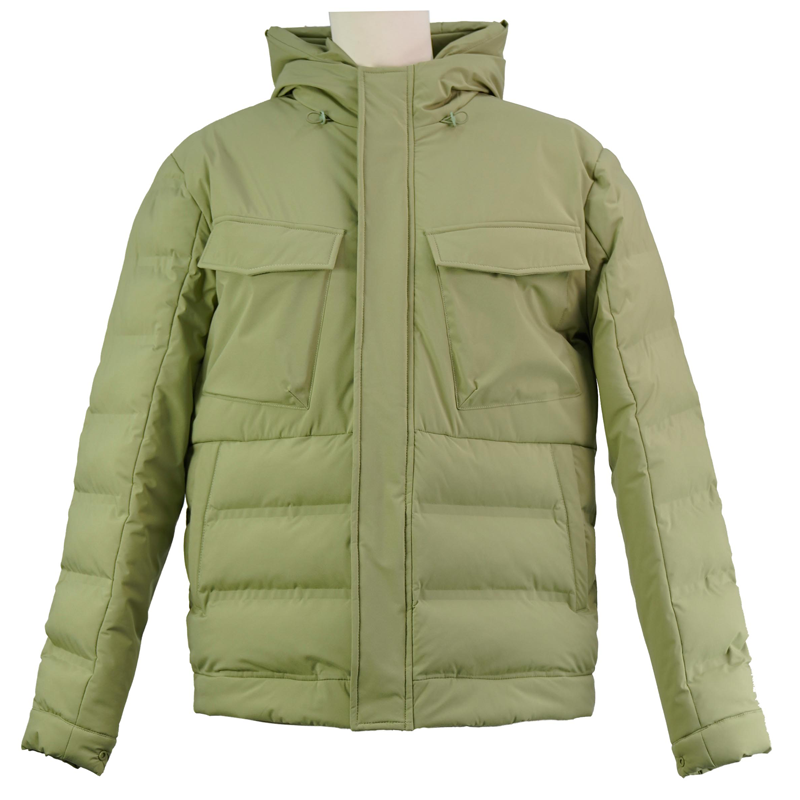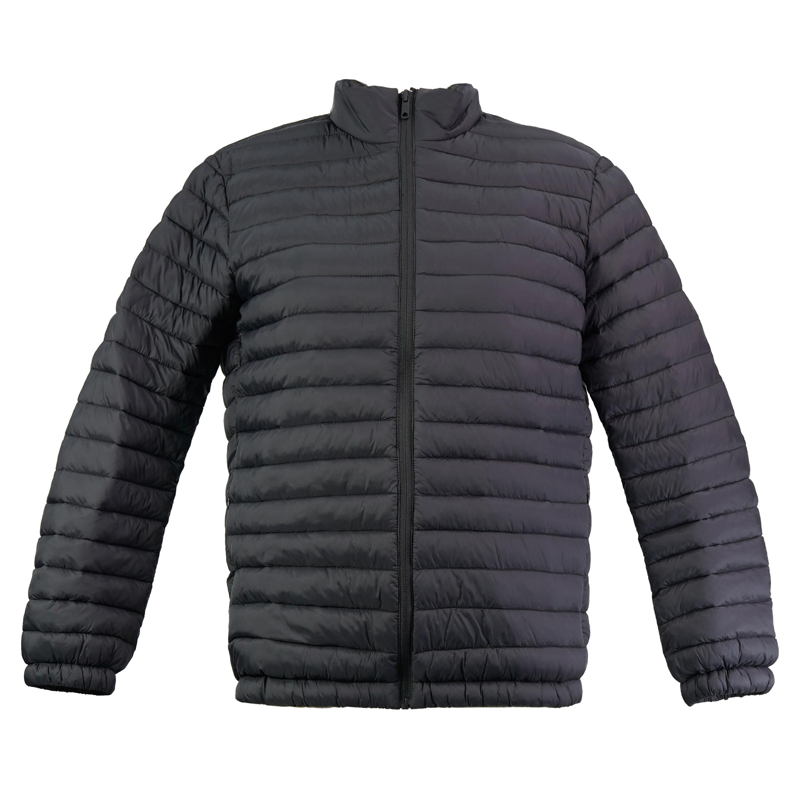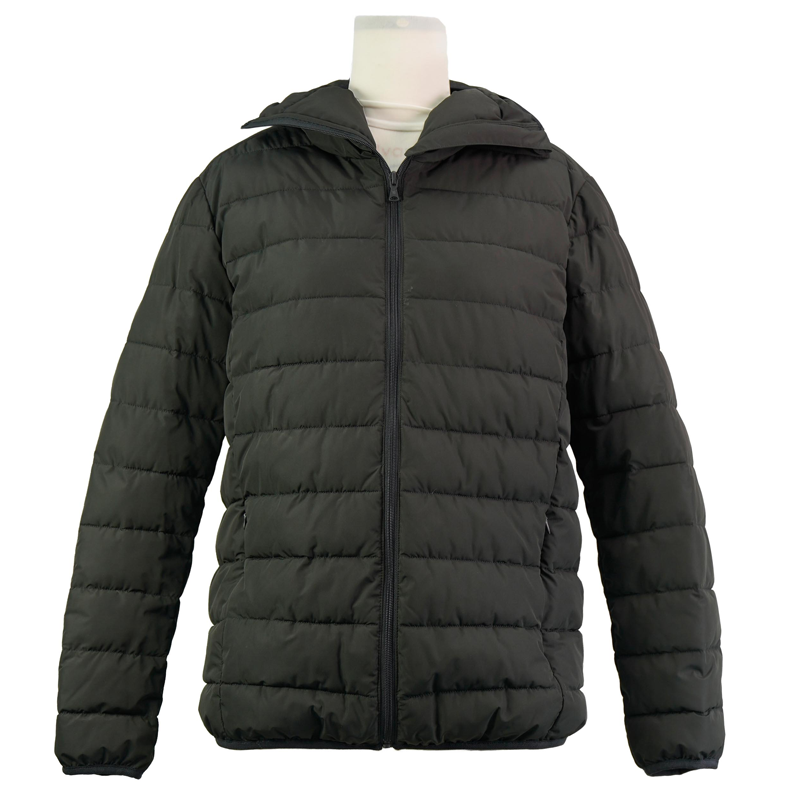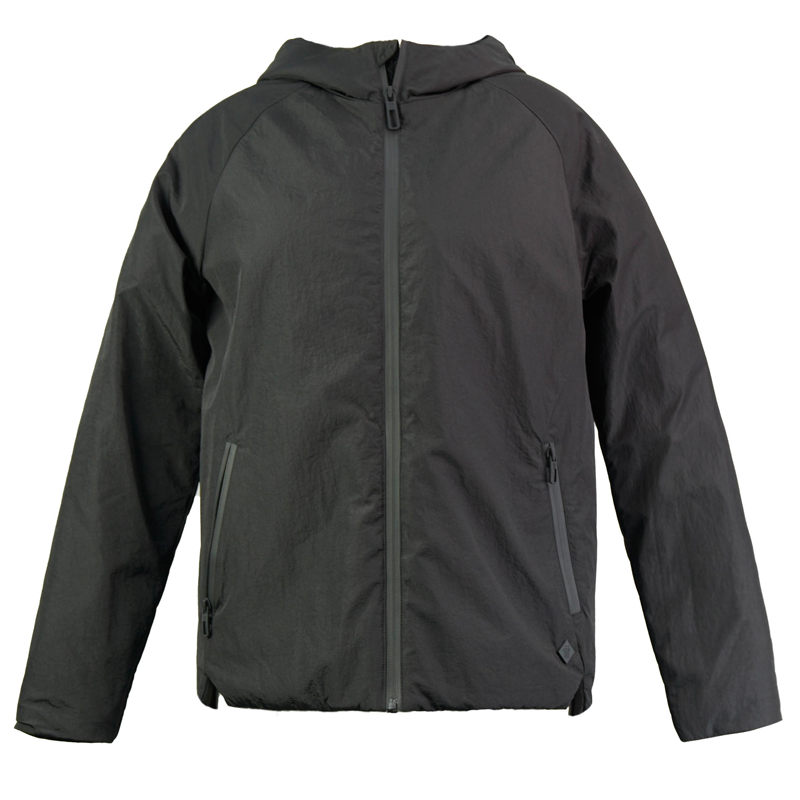Polyester has become one of the most dominant textile fibers in the global garment industry. From sportswear and outdoor apparel to fast fashion and home textiles, polyester appears everywhere due to its durability, versatility, and low cost. According to the Textile Exchange Preferred Fiber & Materials Market Report 2024, polyester accounts for 54% of global fiber production, making it the single most widely used synthetic fiber worldwide.
However, as consumers become increasingly concerned about sustainability, comfort, and performance, the advantages and disadvantages of polyester clothing have become important considerations in garment purchasing decisions. This article provides a detailed, research-based analysis of the pros and cons of polyester, supported by data tables, industry studies, and practical explanations.
What Is Polyester?
Polyester is a synthetic polymer made primarily from polyethylene terephthalate (PET). It is formed through chemical reactions involving petroleum-derived ethylene glycol and terephthalic acid. The result is a versatile fiber that can be woven or knitted into textiles with a wide range of finishes, thicknesses, and performance capabilities.
Its global dominance stems from its adaptability—polyester can mimic cotton, silk, wool, and even technical performance fibers.
Advantages of Polyester Clothing
1. High Durability and Strength
Polyester fibers are extremely strong and resistant to stretching, shrinking, and tearing. Research from the American Association of Textile Chemists and Colorists (AATCC) shows that polyester fabrics have 20–40% higher tensile strength than cotton.
Table 1: Comparison of Fabric Tensile Strength
| Fabric Type | Average Tensile Strength (MPa) | Durability Rating |
|---|---|---|
| Polyester | 60–80 | Very High |
| Cotton | 40–60 | Medium |
| Rayon | 30–45 | Low–Medium |
| Wool | 35–50 | Medium |
This durability makes polyester ideal for workwear, uniforms, sportswear, and outdoor apparel.
2. Excellent Moisture-Wicking and Quick-Drying Properties
Although polyester is not naturally absorbent, its fiber structure and finishing technologies make it one of the best quick-drying materials. Modern polyester fabrics used in performance wear feature engineered weaves that pull moisture away from the body.
Studies from the Journal of Engineered Fibers & Fabrics show that polyester garments dry twice as fast as cotton, making them ideal for activewear.
View sportswear products made of polyester fiber:
Lightweight UPF50+ breathable coat sun-protective UV protection outdoor men black jacket for summer
3. Wrinkle Resistance and Shape Retention
Polyester fibers maintain their shape extremely well due to their molecular structure. This minimizes the need for ironing—an important convenience factor for modern consumers. Polyester blended with cotton improves wrinkle resistance while maintaining some of cotton’s softness.
4. Affordability and Cost Efficiency
One of the main reasons polyester dominates global textile manufacturing is its low production cost. As shown in the table below, polyester remains significantly cheaper than natural fibers.
Table 2: Average Global Fiber Production Cost Comparison
| Fiber Type | Average Cost per kg (USD) |
|---|---|
| Polyester | $1.20–$1.50 |
| Cotton | $1.60–$2.20 |
| Wool | $8.00–$12.00 |
| Silk | $40.00–$50.00 |
For mass-market apparel brands, polyester offers scalability and predictable supply.
5. High Color Retention
Unlike natural fibers, polyester holds color extremely well. It can withstand multiple washing cycles without fading due to its dye affinity and strong fiber structure. According to industry dye-fastness testing, polyester fabrics maintain 90–95% color integrity after 30 wash cycles, while cotton retains around 70–80%.
6. Excellent Resistance to Environmental Conditions
Polyester is naturally resistant to:
Mold and mildew
UV degradation
Abrasion
Chemicals and oils
This makes polyester suitable for outdoor wear, swimwear, tents, and industrial textiles.
View outdoor clothing products made of polyester fiber:
Lightweight contrast color outdoor soft shell womens waterproof windproof wear-resistant jacket
Disadvantages of Polyester Clothing
Despite its high performance, polyester has several drawbacks that both brands and consumers must consider.
1. Limited Breathability
One of the most well-known disadvantages of polyester is that it is less breathable than natural fibers. Although engineered polyester blends have improved airflow, pure polyester garments can feel warm or clammy in hot weather.
Table 3: Fabric Air Permeability Comparison (Tested at 100 Pa Pressure)
| Fabric Type | Air Permeability (mm/s) |
|---|---|
| Cotton | 180–300 |
| Polyester | 70–150 |
| Wool | 100–180 |
| Linen | 200–350 |
The lower air permeability explains why polyester sometimes traps heat and moisture during extended wear.
2. Odor Retention
Polyester tends to retain body odors more than natural fibers because it absorbs oil-based sweat components. Research published in Applied and Environmental Microbiology found that polyester retains odor up to 30% more than cotton after exercise.
3. Environmental Impact Concerns
While polyester is recyclable, its production relies heavily on petrochemicals. Key environmental concerns include:
High carbon emissions
Microplastic shedding during washing
Non-biodegradability
Table 4: Environmental Impact Comparison by Fiber Type
| Impact Factor | Polyester | Cotton | Wool |
|---|---|---|---|
| CO₂ Emissions per kg fiber | ~9.5 kg | ~5.9 kg | ~30 kg |
| Water Use | Low | Very High | Medium |
| Microplastic Pollution | High | None | None |
Many brands are switching to recycled polyester, which reduces emissions by up to 45% compared to virgin polyester.
4. Heat Sensitivity
Excessive heat can damage polyester fibers, causing melting or distortion. Consumers must avoid:
High-temperature ironing
High-heat drying cycles
Open flames
This may limit its use in high-heat industrial environments.
5. May Feel Less “Natural”
Some consumers prefer natural materials like cotton or linen for their softness and breathability. Although modern polyester blends can be incredibly soft, pure polyester sometimes feels less natural to the touch.
Polyester vs. Natural Fibers: Research-Supported Comparison
Table 5: Performance Comparison of Polyester and Common Natural Fibers
| Performance Factor | Polyester | Cotton | Wool | Linen |
|---|---|---|---|---|
| Durability | ★★★★★ | ★★★★ | ★★★ | ★★★ |
| Breathability | ★★ | ★★★★★ | ★★★★ | ★★★★★ |
| Moisture-Wicking | ★★★★ | ★★ | ★★★ | ★★★ |
| Wrinkle Resistance | ★★★★★ | ★★ | ★★★ | ★★★ |
| Cost Efficiency | ★★★★★ | ★★★ | ★★ | ★★ |
| Eco-Friendliness | ★★ (Virgin) / ★★★★ (Recycled) | ★★ | ★★ | ★★★ |
As the table shows, polyester excels in durability, price, and performance, while natural fibers still lead in breathability and comfort.
To see a comparison between cotton and polyester jackets, please see: Cotton vs Polyester Jacket: A Practical Guide for Smart Shoppers
Why Polyester Clothing Still Dominates the Global Market
Despite its drawbacks, polyester’s balance of performance, cost, and versatility makes it a core material for:
Sportswear
Athleisure
Outerwear
Fast fashion
Loungewear
Accessories
Home textiles
In 2023, global polyester fiber demand grew nearly 4%, outpacing cotton and other natural fibers, according to global textile market analysis.
Recycled polyester (rPET) has also grown rapidly, providing brands with an eco-friendlier option while maintaining the technical benefits of the material.
How Apparel Brands Use Polyester Strategically
Most modern garment manufacturers no longer rely solely on pure polyester. Instead, they strategically use polyester in blends to improve performance:
Polyester + Cotton (T/C blends) → Soft, breathable, durable
Polyester + Spandex → Stretch and shape retention
Polyester + Rayon → Soft and drapable
Recycled Polyester → Improved sustainability
These blends combine the strengths of multiple fibers while minimizing weaknesses.
Conclusion: Should You Use Polyester Clothing?
Polyester clothing remains one of the most practical, versatile, and affordable choices in the global apparel market. It offers excellent durability, fast drying, wrinkle resistance, and cost efficiency, making it suitable for both everyday wear and large-scale commercial production.
However, brands should consider its breathability limitations, odor retention, and environmental concerns, especially when designing clothing for warm climates or sustainability-focused consumers. Recycled polyester and smart fiber blends are increasingly becoming the industry’s preferred solutions.
Why Choose JIANGSU OVERSEAS FAREAST INDUSTRIAL CO., LTD. as Your Polyester Apparel Manufacturer
If you are seeking a reliable, large-scale, and quality-focused manufacturer for polyester garments or polyester-blend apparel, JIANGSU OVERSEAS FAREAST INDUSTRIAL CO., LTD. is your trusted partner.
Why We Stand Out
Founded in 2016, backed by the strong foundation of JOC Group
Fully integrated capabilities: design, processing, production, and international trade
Design Center, Sample Center, and R&D Center located in China
Self-owned factory with:
400+ design and technical staff
10 production lines
Monthly capacity: 80,000 garments
Full BSCI & WRAP certification
Global Manufacturing Network
Factories and offices across:
Myanmar
Vietnam
Cambodia
With a combined workforce of 4,000+ employees and 10 million garments annual capacity, we ensure:
Fast turnaround
Competitive pricing
Stable supply chain
Consistent quality
Trusted Worldwide
We have long-term partnerships with clients in:
Europe
USA
Australia
Southeast Asia
We continuously innovate to bring stylish, functional, and high-quality apparel to global brands.
Partner With Us
Whether you need polyester garments, woven wear, knitwear, uniforms, fashion apparel, or customized textile solutions—
JIANGSU OVERSEAS FAREAST INDUSTRIAL CO., LTD. is ready to deliver.

